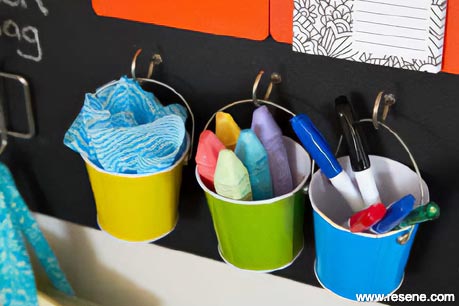

This makes it difficult for the " is it ready to release" non-development team members to do their job. Discuss the root cause in the retrospectiveĪlso, developers are notorious for developing up to the last minute of each iteration.Add the bugs to the backlog for prioritization.Undo the "done" state of those stories that were actually "not done".Identify which story or stories caused that bug.Creating work items to address each bug.So, what happens when the product is NOT ready to release? In that situation, consider: If the team is not already delivering a potentially releasable build each sprint then your suggestion makes a lot of sense and is in fact commonly used in Kanban boards. I assume you are suggesting to redefine DONE as " Each story is done" and add a new column called " Product Ready To Release". However, we have found that the very short feedback loop on finding bugs (as bugs can be found in just a day or two from coding) is much preferable to having a cleaner sprint plan but a feedback loop of up to two weeks.Ī practical alternative could be that the "To Verify" process shouldīe carried out by another developer in the team, and then to have anĪdditional stage after DONE to QA the whole story (probably after The only downside to this approach is that the engineering can either be left with very little to do in the last 2/3 days of a sprint, or that they can easily be overwhelmed by sprint bugs to fix that may overflow into the next sprint.

Each feature is already split up neatly into stories and so these stories are the units of work that are tested by the QA team as part of the sprint.
#Painted taskboard how to
It would waste a lot of time going back and forth between the QA and Eng teams asking how to test things and being told that the functionality is only on the backend and would not be visible to the user etc.
#Painted taskboard code
All commits go through code review anyway. It is not useful for the QA team to attempt to test every task the engineers do, as much of it can be refactoring or such small pieces of functionality that it is much better to take as a whole. It should be noted that the engineering team also has an acceptance test task which is performed on a local machine deployment, and the QA team then performs the more in-depth testing on a deployment closer to production. The task to develop the tests can generally start immediately and in tandem with the engineering tasks, and the task to run the acceptance tests is performed once the engineering work has been completed on the story. We then split those stories into sub-tasks, and add in two sub-tasks for QA: to develop acceptance tests and to run them. What we do with regards to QA tasks on the taskboard, is we first choose the user stories that are to be tackled in the sprint. 5-year warranty from selected suppliers.I am a dedicated tester that works on a Scrum team working on a web app. Special dimensions and individually printed boards available on request. Included is a 300 mm long shelf and mounting material. Magnetic, write on and dry wipe work surface.

All-round matt silver anodised aluminium frame with grey plastic corners. Available in two different sizes, blackboard surface painted sheet steel, printed with a UV-resistant special paint. With five story lanes, the user stories and sprint tasks can be displayed on the board. It promotes direct communication within the project team and thus also promotes effectiveness and collaboration. The board is the basic building block for a successful project, as the project teams have a constant overview of the workflows in the form of individual steps. Plan projects efficiently and successfully. Customizations to changing project requirements immediately possible. The progress and obstacles of a project can be recorded regularly to everyone.

The board supports and improves self-organisation and visualisation of agile project teams planning processes. Overview and visualisation of the current project status and the individual steps are visible to all involved at any time. Board Material = Sheet Steel Blackboard Colour = White Frame material: anodised aluminium. Delivered assembled Width = 1200mm Height = 900mm Feature = Magnetic. Scrum and Kanban Taskboard with 5 panels, W1200 x H900 mm.


 0 kommentar(er)
0 kommentar(er)
